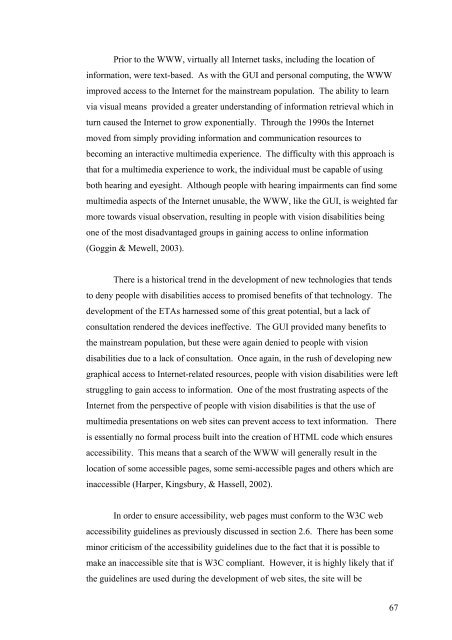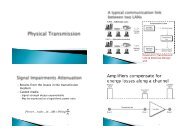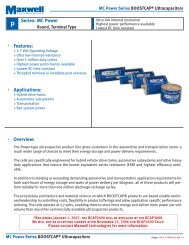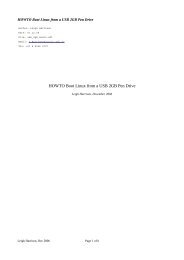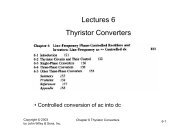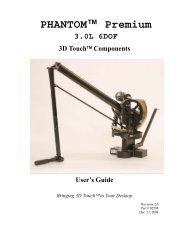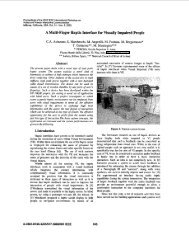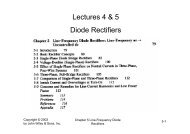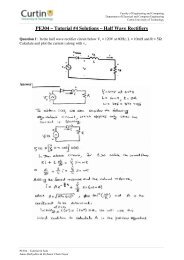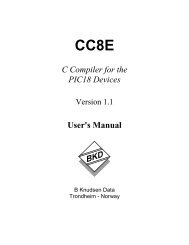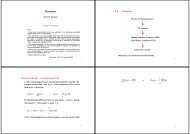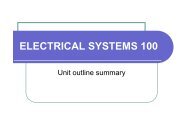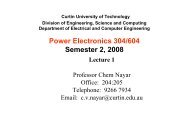2007 PhD Thesis Final Revised.pdf - Curtin University
2007 PhD Thesis Final Revised.pdf - Curtin University
2007 PhD Thesis Final Revised.pdf - Curtin University
Create successful ePaper yourself
Turn your PDF publications into a flip-book with our unique Google optimized e-Paper software.
Prior to the WWW, virtually all Internet tasks, including the location of<br />
information, were text-based. As with the GUI and personal computing, the WWW<br />
improved access to the Internet for the mainstream population. The ability to learn<br />
via visual means provided a greater understanding of information retrieval which in<br />
turn caused the Internet to grow exponentially. Through the 1990s the Internet<br />
moved from simply providing information and communication resources to<br />
becoming an interactive multimedia experience. The difficulty with this approach is<br />
that for a multimedia experience to work, the individual must be capable of using<br />
both hearing and eyesight. Although people with hearing impairments can find some<br />
multimedia aspects of the Internet unusable, the WWW, like the GUI, is weighted far<br />
more towards visual observation, resulting in people with vision disabilities being<br />
one of the most disadvantaged groups in gaining access to online information<br />
(Goggin & Mewell, 2003).<br />
There is a historical trend in the development of new technologies that tends<br />
to deny people with disabilities access to promised benefits of that technology. The<br />
development of the ETAs harnessed some of this great potential, but a lack of<br />
consultation rendered the devices ineffective. The GUI provided many benefits to<br />
the mainstream population, but these were again denied to people with vision<br />
disabilities due to a lack of consultation. Once again, in the rush of developing new<br />
graphical access to Internet-related resources, people with vision disabilities were left<br />
struggling to gain access to information. One of the most frustrating aspects of the<br />
Internet from the perspective of people with vision disabilities is that the use of<br />
multimedia presentations on web sites can prevent access to text information. There<br />
is essentially no formal process built into the creation of HTML code which ensures<br />
accessibility. This means that a search of the WWW will generally result in the<br />
location of some accessible pages, some semi-accessible pages and others which are<br />
inaccessible (Harper, Kingsbury, & Hassell, 2002).<br />
In order to ensure accessibility, web pages must conform to the W3C web<br />
accessibility guidelines as previously discussed in section 2.6. There has been some<br />
minor criticism of the accessibility guidelines due to the fact that it is possible to<br />
make an inaccessible site that is W3C compliant. However, it is highly likely that if<br />
the guidelines are used during the development of web sites, the site will be<br />
67


